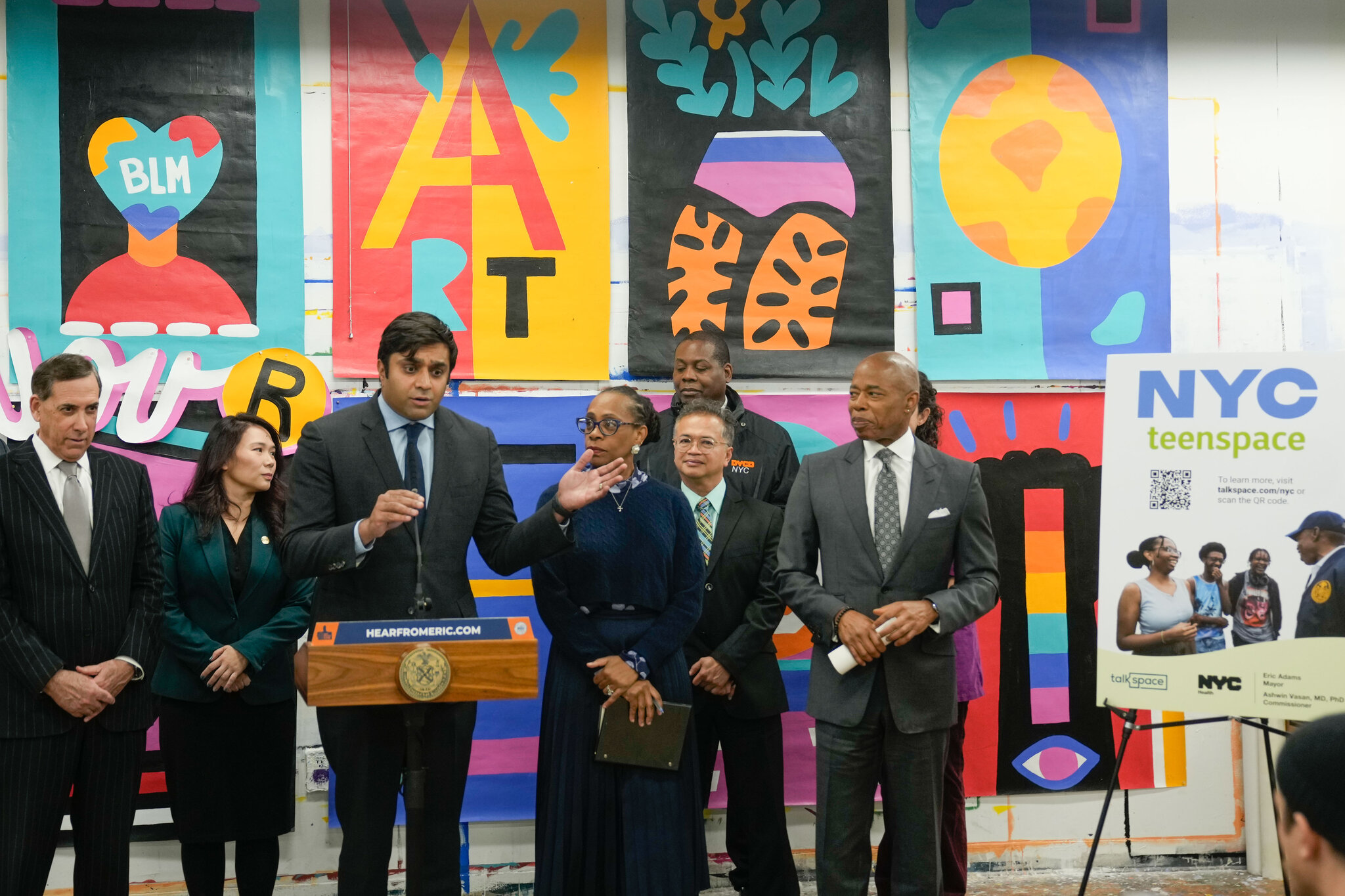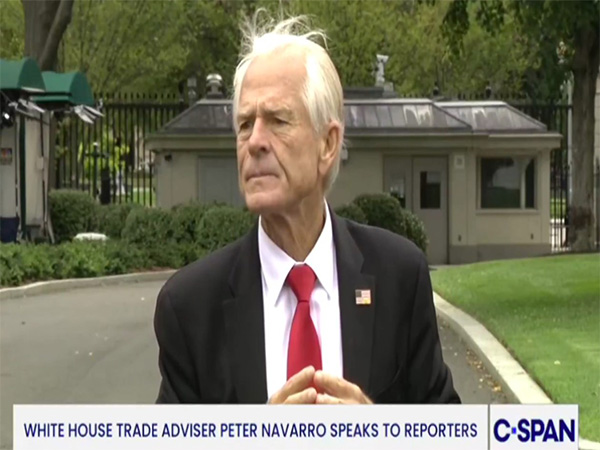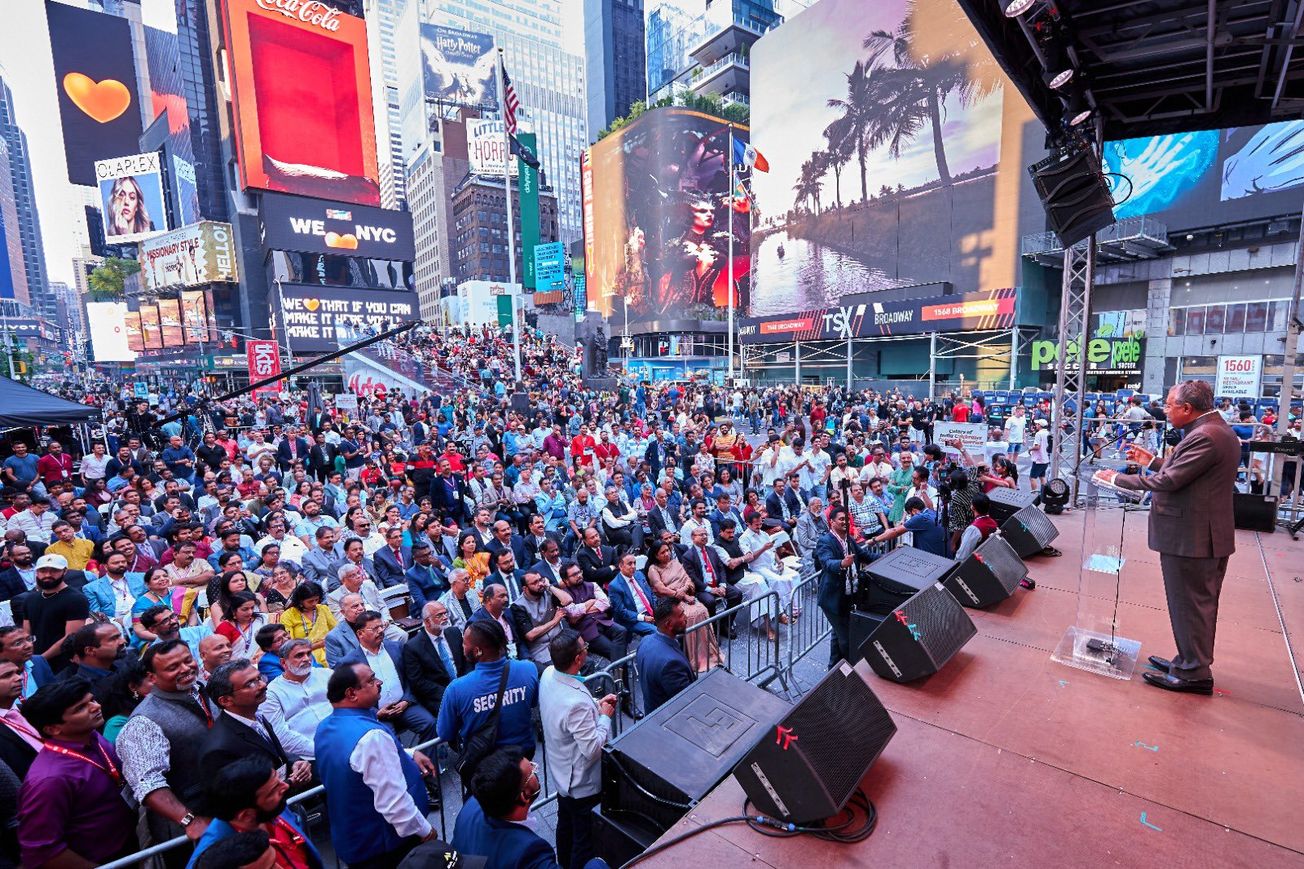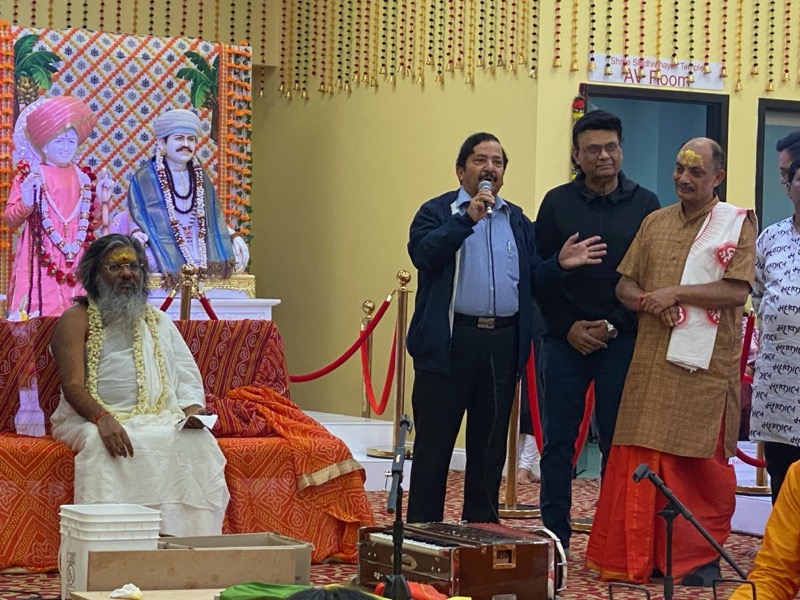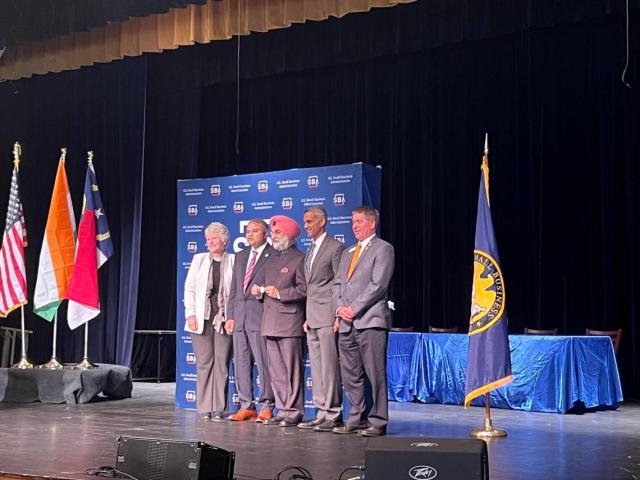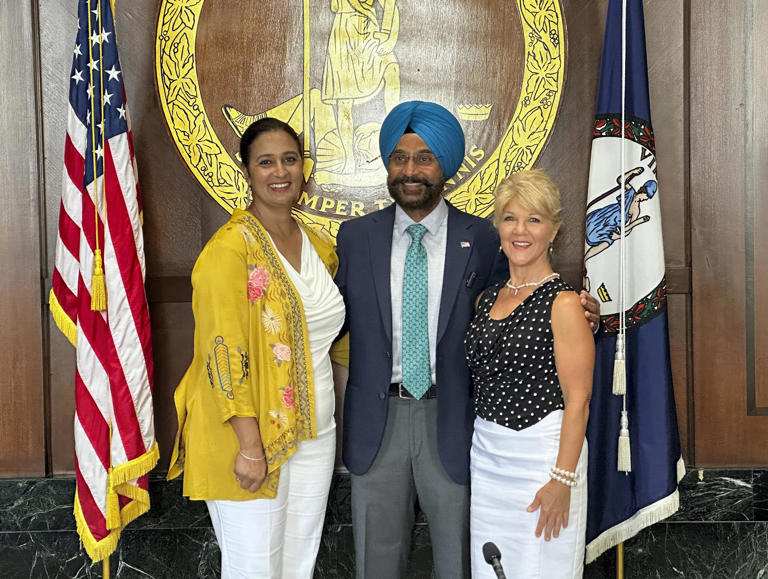6,800 Teenagers Signed Up for Service in First 6 Months, With Strong Uptake in Underserved Neighborhoods
Our Bureau
New York, NY
Six months after launching “NYC Teenspace ” — a free tele-mental health service available to all New York City teenagers between the ages of 13 and 17 years old — New York City Mayor Eric Adams and New York City Department of Health and Mental Hygiene Commissioner (DOHMH) Dr. Ashwin Vasan have updated New Yorkers on the program’s progress, announcing that more than 6,800 teenagers have already signed up for the service. Early data shows that 65 percent of users reported improvement in their mental health and provides valuable insight into teenagers’ reasons for seeking help. Additionally, underserved neighborhoods, including Brownsville and East New York, led the city in signups while 80 percent of users identified as Black, Hispanic, Asian American and Pacific Islander (AAPI), bi-racial, or Native American. NYC Teenspace — created in partnership with online therapy platform Talkspace — allows New York City teenagers to connect with a licensed therapist through phone, video, and text on any mobile device completely free-of-charge.
“With teenage anxiety on the rise, we made clear that New York City would get our young people the help they need and provide teenagers with free tele-mental health services. Six months later, the data shows our efforts are paying off, and we’ve already helped more than 6,800 teenagers get the mental health care they need through ‘NYC Teenspace,’” said Mayor Adams. “We’ve brought therapy and mental health resources to thousands of New York City teenagers, but we didn’t stop there. We filed a lawsuit to hold the companies that own five social media platforms accountable for their harmful behavior and made the right investments to put nearly 500 social workers and psychologists in our schools. While this progress is encouraging, we will keep working to meet every teenager where they are and make sure that all New Yorkers are cared for and supported.”
“The pandemic was tough on us all related to our mental health, but especially so for our young people. We’ve seen higher rates of anxiety and depression among our young people, made especially difficult by the challenges of growing up in a social media world,” said Deputy Mayor for Health and Human Services Anne Williams-Isom. “‘NYC Teenspace’ offers a critical tool to support young people, ages 13 to 17, on their smartphones via talk, text, or video, chat so they can engage in ways that work for them. In the first six months of this initiative, nearly 7,000 young people have signed up and four out of five users are from Black and Brown communities, which we know were some of the hardest hit during the pandemic. This initiative is just one piece of our broader family and youth mental health strategy.”
“We view the early results of ‘NYC Teenspace’ with pride, excitement, and humility,” said DOHMH Commissioner Dr. Vasan. “Pride, because we’ve stepped up to the challenge of our youth mental health crisis with innovative tools that teens are actually using and getting the support they need. Excitement, because of the potential to serve many more teens in need. We also look at this with humility, because we are just at the beginning of this journey in New York City, and we still have much to improve on and to learn, most importantly from young people themselves. But one thing is clear, we have torn down some obstacles to care, opened the door to mental health support using a modern approach, and teens are choosing to walk through. We’re stepping up to the challenge of our youth mental health crisis with whatever it takes, because we know we can’t afford to wait, and the cost of inaction is too high.”
“Student safety and well-being, including emotional well-being, remains a top priority for New York City Public Schools. ‘NYC Teenspace’ has positively impacted so many of our children and highlights how important accessible services like this are for our community,” said New York City Department of Education Chancellor David C. Banks. “In addition to the robust set of mental health supports already available to our students, we remain committed to working with our agency partners at DOHMH to ensure our young people are fully supported and set up for long-term success, inside and outside of our classrooms.”
The most frequently cited reasons teenagers gave for using the platform included: feeling down or depressed, improving relationships (which was first among girls), becoming their best self, anxiety (which was first among boys), and difficulties at home or school. When it came to engaging in therapy, more than 42 percent of users utilized both live video sessions and messaging. Four percent of users engaged in live video sessions only, while 54 percent exclusively used messaging.
NYC Teenspace comes at a critical moment for teenage mental health. According to DOHMH’s data from 2019, 36 percent of New York City high schoolers reported feeling so sad or hopeless almost every day for at least two weeks during the past 12 months that they stopped doing their usual activities; that figure rose to 38 percent in 2021. Latino and Black students were significantly more likely than white students to report feeling sad or hopeless.
















